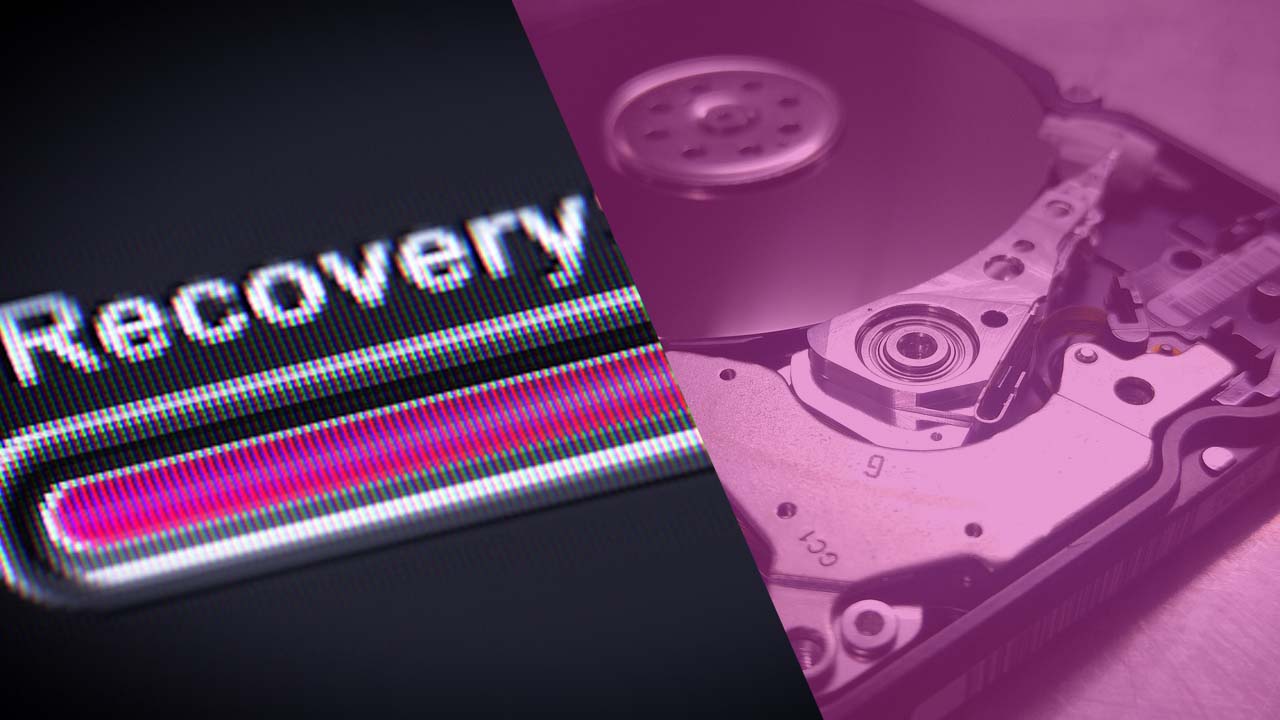Though a deleted partition is not a common Mac issue, it can be very frustrating: you risk losing important files and data for good. However, like any other problem, this one has several ways out, and we’ll tell you about them.
The most important thing to know in this case is what chipset is inside your Mac. It slightly affects the algorithm. If you’ve got a Mac mini, Macbook Air and Pro, or iMac (24 inches) of 2020 and 2021, you’ve got an M1 Apple chipset. In other cases, your Mac probably uses Intel. If you are still not sure, you can watch the instruction or a package box. As soon as you get the chipset, you are ready to recover the deleted partition. If the system partition is damaged, you might need a bootable disk (a flash memory card or an SSD).
Recovering a Deleted Partition on Mac with a Disk Utility
If a deleted partition does not contain the operating system, you can run the Disk Utility from the “Utilities” subfolder inside the “Programs” folder. In case the OS does not run, follow these steps:
- Turn on the computer. Depending on the chipset, do:
- M1 chipset – continue holding the Power button until you see a window with run options. Click the gear icon (parameters) and proceed.
- Intel chipset – after turning on a computer, hold the buttons ‘Command’ (⌘) and ‘R’ until the Apple logo or other image appears.
- Choose a user and enter the admin password.
- A macOS recovery mode will turn on, and you need to find a Disk Utility in the Utility window.
- Choose the Appearance – Show all disk devices option.
- Choose a partition to be recovered and hit the “First aid” button. Hit run or recover a disk button.
- Repeat the procedure for each partition, container, and disk, on the whole, moving up the list.
Video Tutorial
If a recovery tool has found the errors, or it cannot solve or cannot see the disk, it cannot recover lost partitions on Mac. We recommend using one of the best partition recovery tools for Mac.
Partition Recovery Tools
We will consider one of the most widely spread recovery tools called Disk Drill, with its features, ups, and downs.
Disk Drill
It is a famous file and disk regeneration tool. It can cure a Mac hard drive partition, or restore data from a lost partition on Windows PC as well. Among its best features is the ability to create a bootable restore drive, compatibility with all macOS versions, and many problems preventing features. For instance, you can use the tool to:
- rebuild the partitions that cannot be mounted correctly;
- make a recovery vault with all partition images;
- restore data from other Apple devices;
- restore recover files from a deleted partition of all possible memory containers, with the majority of file types available for restoration.

A user-friendly GUI is comprehensible enough for a novice. What is more, the software works with the APFS file system (e.g., it can restore system partitions of the latest mac versions). The only minus – the free version is limited, and the partition recovery is in the paid options. To use Disk Drill, install (or make a bootable disk) and run the software, select the partition to be recovered or an unpartitioned space (in case of lost partition), and click the Rebuild (or Recover) option.
As you can see, there is nothing difficult in partition recovery on Mac if you know what to do and where to get a proper instrument. To minimize the risks in the future, we suggest creating an image of your system drive to exclude crucial operating system failures.


